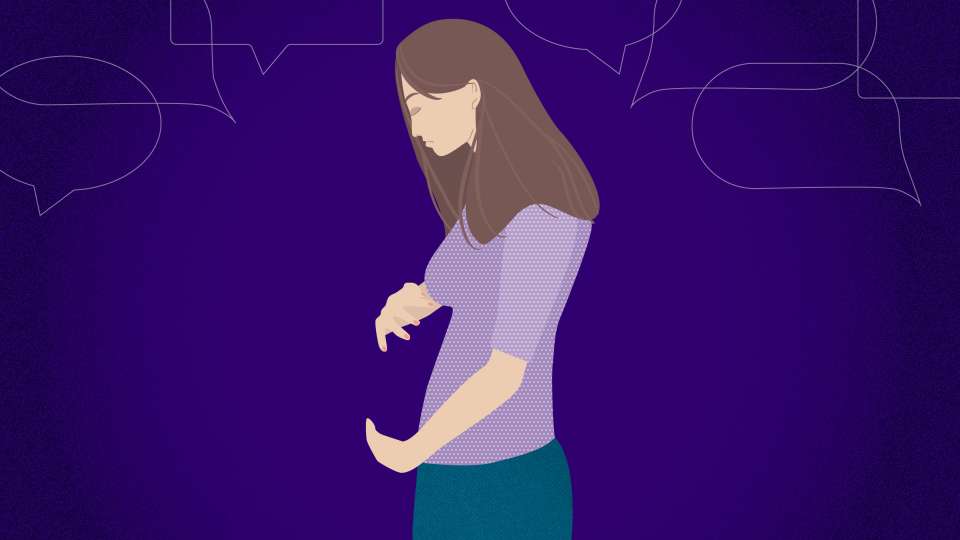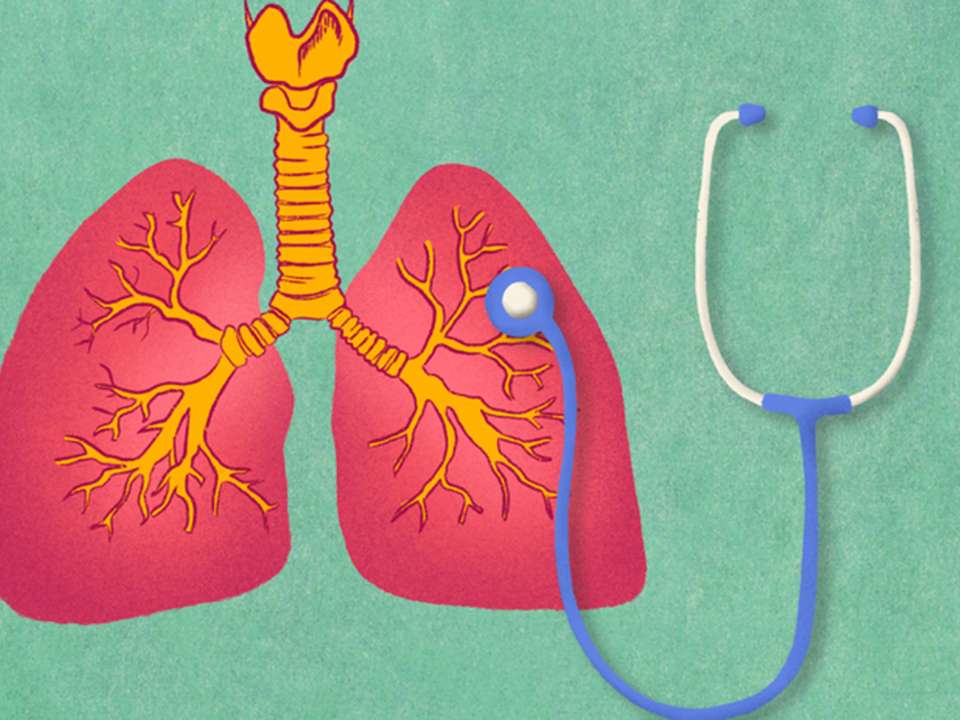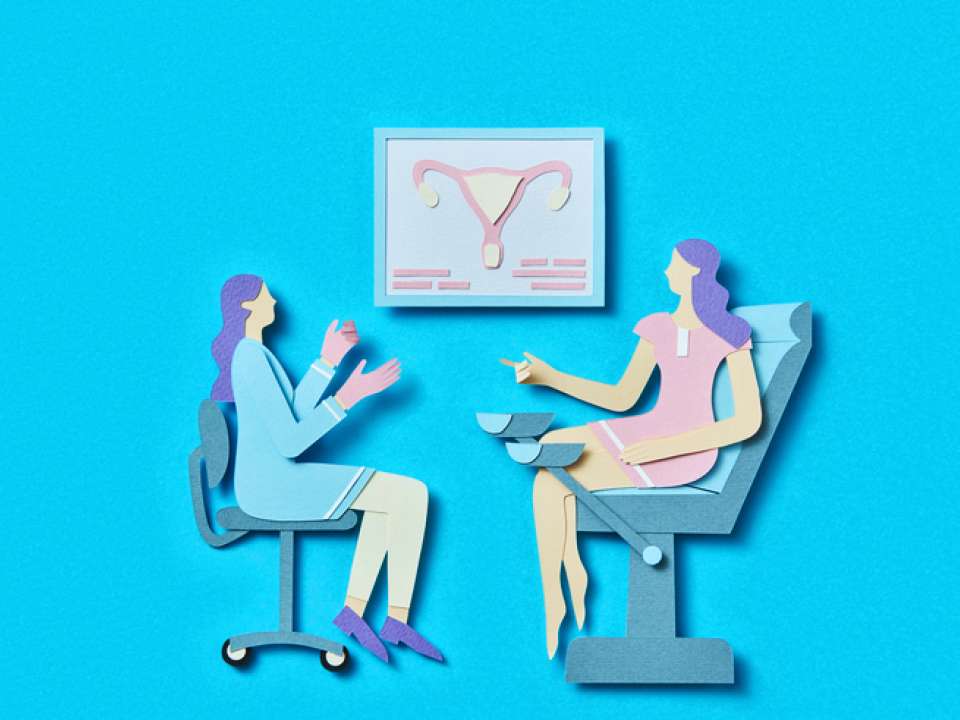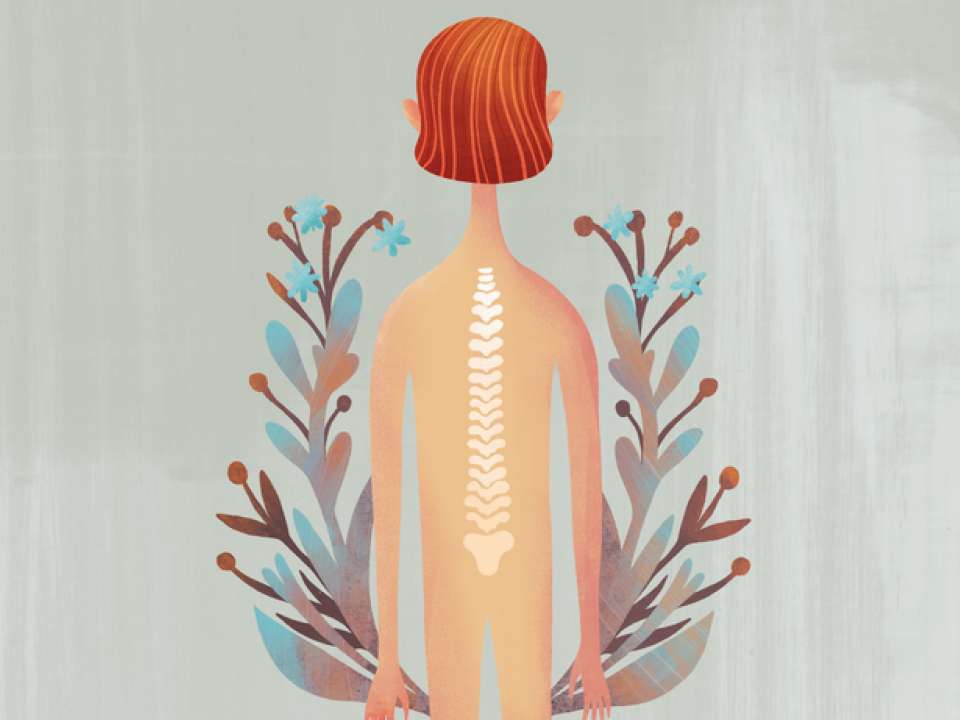
TTC. 2WW. BFN. MAI.
What may seem like alphabet soup is actually a secret language. One that conveys hope, loss and yearning. One that a surprising number of people know. One that no one ever wants to learn or experience.
It’s the language of infertility: Trying to conceive. Two-week wait. Big fat negative. Miscarriage after infertility.
Three women who are part of this unexpected sisterhood share their stories about living with infertility and finding a way forward. While no one’s journey is the same, no one should feel alone either.
Infertility is a common issue
In the United States, 6.1 million women — about 10% of those between the ages of 15 and 44 — struggle with getting or staying pregnant. Overall, about 1 in every 8 couples struggles with infertility.
“Infertility is a common problem,” explains Dr. Genevieve Neal-Perry, director of the UW Medicine Reproductive Endocrinology and Infertility Center. “It’s something that affects both women and men but, for some reason, it’s something that people don’t talk about often.”
The most common causes of infertility range from pre-diagnosed conditions like polycystic ovary syndrome (PCOS) or irregular periods to previously undetected issues like sperm abnormalities.
According to Neal-Perry, a female factor is at play 40% of the time and a male factor around 30% of the time. In a third of cases, both parties have an issue. Then there’s something called “unexplained infertility,” when doctors can’t pinpoint a specific medical reason, affecting about 30% of patients.
Whatever the cause, the physical and emotional toll of infertility is universal and all-consuming for those affected.
“When you’re doing active treatments, your entire world revolves around that,” explains Genipher Owens, who has been trying to have a baby since 2015. “When treatments fail, to me, it feels like grieving the loss of a child every single month.”
Genipher and Michael’s story: Why they turned to holistic medicine
Genipher knew from a young age that she might need help getting pregnant. She was diagnosed with PCOS — a disorder that can lead to missed periods, enlarged ovaries, no ovulation and infertility — when she was just 12.
Fast forward 18 years, when she and her husband Michael were happy to discover she was pregnant. The pregnancy ended in a miscarriage, but the couple considered it a sign that it was time to have a baby.
They spent two years going through a variety of fertility treatments — including timed intercourse and four rounds of intrauterine insemination (IUI) — at a reproductive clinic in Seattle, but nothing was working.
“They sort of ignored my PCOS and kept pushing me through more aggressive treatments,” Genipher says. “I had anxiety attacks and adverse effects from the medication.”
All the while, Michael tried his best to support his wife while also struggling with his own emotions.
Eventually, Genipher and Michael decided to stop active fertility treatments and start holistic medicine to focus instead on getting her body back in balance. They plan to continue holistic treatments and try on their own for the next six months. If they’re still trying when she turns 35 next year, though, they'll move on to in vitro fertilization (IVF).
“If I was going to give advice to couples just starting out on this journey, it would be to not be closed off to any and all available options to them,” Genipher says. “I wish I had known the things I know now to treat and manage my PCOS symptoms, so I wouldn’t have wasted four years.”
As for Michael, he says it’s important for supporting partners to not only help their significant other but to also seek out the help they might need as well.
“There’s a lot of stress, and these issues can start to drive a wedge between you and your spouse,” he says. “Don’t be afraid to reach out to support groups because it can be nice to talk to other people going through this, too.”
When to get tested for fertility problems
While some couples, like Genipher and Michael, know they might need help getting pregnant due to a pre-diagnosed condition, many others don’t realize they have an issue until they’ve been trying for a while.
The general rule of thumb is for women younger than 35 to see a doctor if they’ve been trying for a year. After turning 35, women should only try for six months before seeking help.
And if there’s a pre-existing condition like PCOS, endometriosis, a history of pelvic infections or surgery, testicular surgery or cancer, it’s best to see a fertility specialist before or as soon as someone wants to start a family.
The main takeaway, Neal-Perry says, is to not wait too long. Even if someone isn’t ready for a baby right now, they can still research options like egg preservation so they have a game plan for the future.
“If they’re proactive in terms of their reproductive health, then they can explore what options are available to them before it’s too late to make a difference,” Neal-Perry says.
Kristine’s story: How she became an accidental advocate
Kristine Zellman and her husband Andrew were one of those couples who didn’t realize they had a problem until they did. They got married, spent a year enjoying life together and then announced to their friends that they were going off birth control. But after trying for a year without getting pregnant, they sought help from a fertility clinic.
At 25, Kristine was diagnosed with diminished ovarian reserve, a condition that meant she had fewer eggs than average for a woman her age. They immediately began fertility treatments: six rounds of IUI followed by three rounds of IVF.
“It was just failure after failure after failure,” Kristine recalls. “It was like going down these stairs emotionally, and I never recovered after each failure. That was when I started searching for support groups.”
By chance, she attended an event with representatives from the national infertility nonprofit RESOLVE and, immediately, she knew this was what she needed.
She opened up to her friends and family about her fertility struggles. She pushed back whenever someone made hurtful or insensitive comments. And she owned her new role as an “accidental advocate” for those struggling with infertility.
Then on the third round of IVF, Kristine became pregnant. She gave birth to their son in March 2018 and is now pregnant again with their second child. Although she’s realized her dream of becoming a mom, she still has a difficult time reconciling her new reality with her former self.
“I feel grateful and blessed yet guilty that I’m somebody that made it through,” she explains. “Being infertile is still part of my story, and it’s something that I’ll forever hang on to and identify with.”
Fertility treatment options
Just as Kristine had to find her own path through infertility, each person’s experience will be unique, too.
Someone may be in a relationship or single, using donor eggs and sperm or using their own. They may have no known health issues, or they may be seeking fertility treatment after enduring something like chemotherapy. Maybe they’ve experienced miscarriages, maybe they’ve never been pregnant before.
No matter where someone falls on the fertility spectrum, Neal-Perry says, they should never feel like they don’t have any options or that they’re alone in their journey.
“There are treatments for those who want to experience pregnancy or have a child that are beyond what they may typically think,” she explains. “Infertility can be treated, and I think that’s how we need to think about it. I don’t want anyone to suffer, and I don’t want anyone to feel alone or helpless.”
Some treatments involve taking medications to induce ovulation or stimulate eggs to grow. Others repair blocked fallopian tubes or remove scar tissue or polyps from the uterus. And then there are the more intensive options like IVF, which involve everything from hormonal shots and egg retrievals to sperm injections and embryo transfers.
It helps to do research, assess financials and mentally prepare for the emotional rollercoaster ride that can happen when seeking fertility care.
“In many states, including Washington, there’s no mandate for fertility coverage — that’s the biggest barrier,” Neal-Perry says. “The next is the stigma and worry around infertility. It’s really hard when patients see all their friends having children, and they’re not pregnant. That can be a hard burden to bear for couples and individuals who want to experience the joy of pregnancy and parenthood.”
Madisen’s story: Why she’d do fertility treatments again
Madisen Wallace and her husband Dane had more understanding than most about what fertility treatments entail. Diagnosed with PCOS when she was 13, Madisen knew she might struggle to have a baby. And as a nurse practitioner, she also had a medical background from which to draw.
“The one thing I wish I would have known, though, is how this would have affected me mentally,” she says. “It’s really exhausting and life-altering for sure.”
She and Dane started by trying on their own for two years and eventually sought care from a fertility specialist in Texas, where they were living at the time. Immediately, they tried timed intercourse with medication to help promote ovulation.
After a few months — and five attempts without success — the couple moved to Spokane, where they tried timed intercourse a couple more times. Then in August 2019, they decided to skip IUI and move straight to IVF.
Madisen recalls painful injections twice a day, a slew of blood draws and side effects like bloating, nausea and headaches leading up to her egg retrieval.
“It was hard but also necessary for us to start a family,” she says.
In the end, they were able to produce six frozen embryos and transferred the first in early October. Madisen is now pregnant.
Finding support for infertility
While there’s no one magic pill or treatment that will solve infertility for everyone, there is one common thread connecting each of these stories: a solid support system.
It’s crucial to build a fertility tribe in whatever way feels right. That can mean including a partner, family, friends, a therapist, a support group or anonymous people online who are going through the exact same fertility struggles.
“Meeting other women who were around my age and who were in a similar spot was so encouraging,” Kristine says. “It meant I wasn’t alone.”

 Healthy ideas for your inbox
Healthy ideas for your inbox





